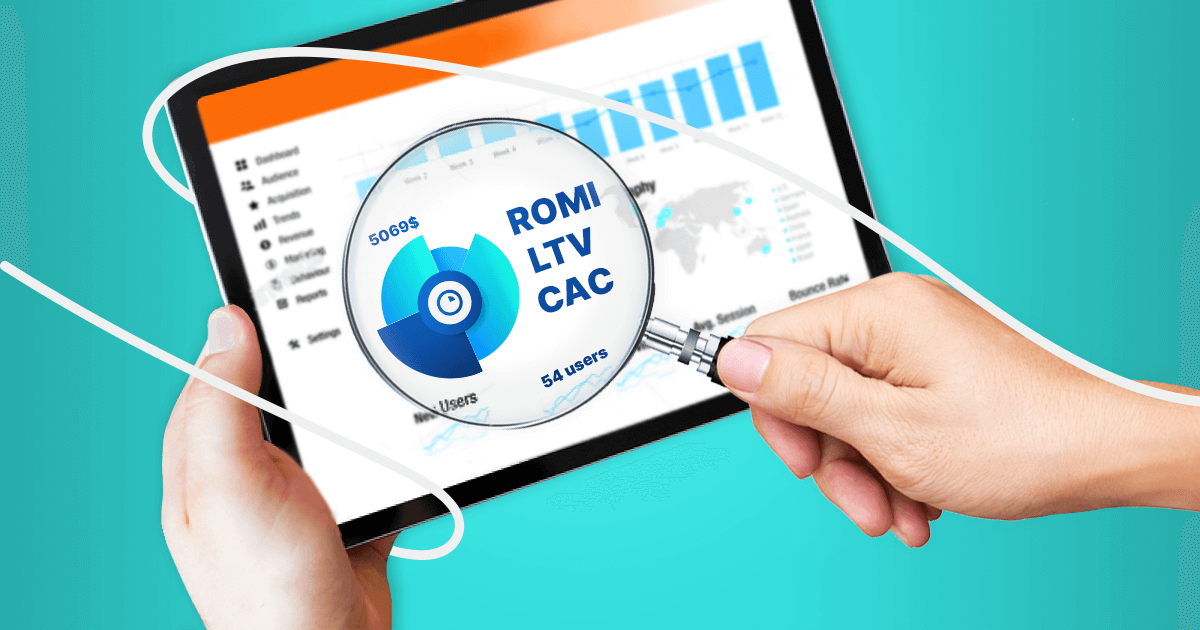What is market evaluation?
Market evaluation, or market analysis, is a research and assessment of a specific marketplace and the dynamics within it. This process includes the gathering of both quantitative and qualitative data: market size, statistical figures, average prices within the target market, the consumers’ buying behaviors, and more.
This data is then used to draw conclusions and make predictions about the success and profitability of a business venture at a particular time and place. It can also be used to help companies define their niche within the market, differentiate from competitors, and devise a winning marketing and advertising strategy.
Moreover, market evaluation also helps to identify threats, reduce risks, and assess the overall attractiveness of the industry and a particular market within it.
Who needs it?
There are four main types of businesses who need market evaluation most:
- New businesses (startups)
- Businesses that are already operating and plan to expand into new markets
- Companies looking to make a pivot toward a different market
- Existing companies that are launching new products or services onto the markets they currently occupy
In all of the above cases, market evaluation is typically an integral part of a business plan. Yet some companies run it on a regular basis (every year or several years) to ensure their business and marketing strategies always stay relevant.
The benefits of conducting market evaluation
Market analysis can benefit your company in many ways, whether you are doing it for internal use or as part of a business plan to present to potential investors.
Here are the major pros of conducting market evaluation:
- Understanding the industry
Based on the data you’re going to gather during research, you’ll be able to evaluate market size, identify trends, spot opportunities, and avoid predictable threats.
- Reducing financial risks
Venturing into a new market is like exploring an uncharted territory. There are many dangers out there, the biggest one being the loss of money. Market evaluation will help you make realistic sales projections, develop competitive pricing strategies, and make you less prone to financial catastrophes.
- Persuading potential investors
Investors are not going to back up your project if you don’t provide something more substantial than just an idea. A business plan that includes comprehensive market evaluation is the best way to convince big bosses and secure much-needed investments.
- Devising better marketing strategies
Knowing both your customers and competitors is the key to developing a winning marketing and advertising strategy. Market analysis will provide you with the necessary data and insights to engage with your target audience, nail product positioning, and outperform your rivals.
- Providing benchmarks for evaluation
To assess your company’s performance in a new market, you’re going to need evaluation benchmarks. Market analysis will help you obtain statistical data and numbers from key competitors, enabling you to compare results and make more informed decisions.


















